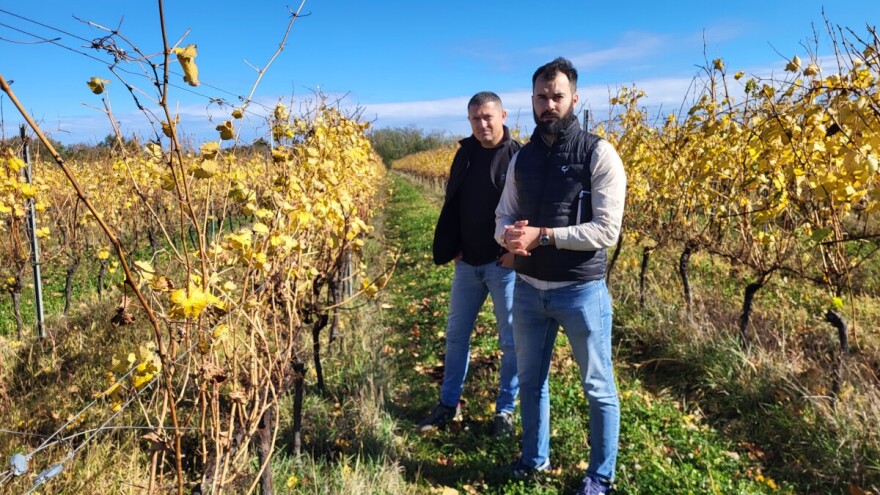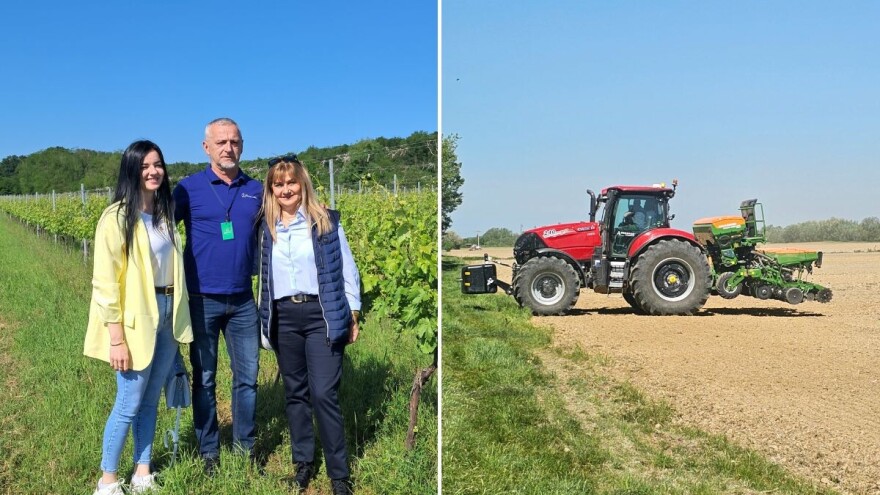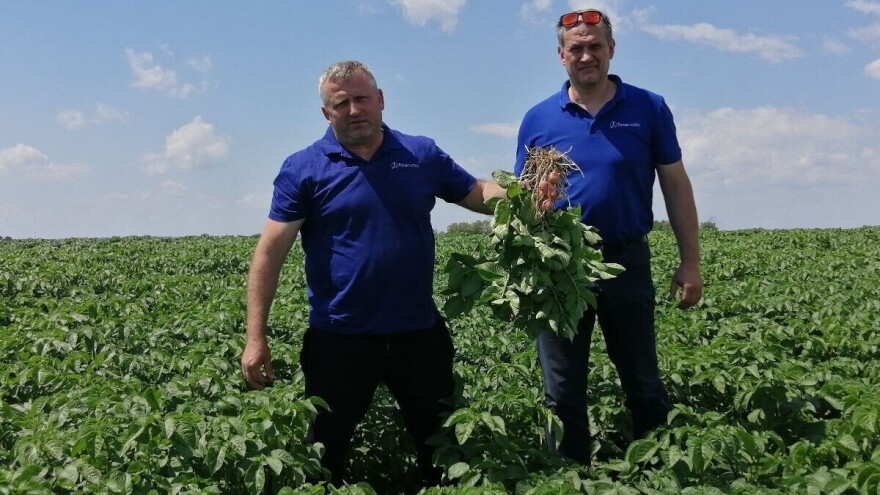Croatian producers have the opportunity to be among the first in the region to take advantage of the benefits of biostimulation synergy and advanced technology. The application is carried out at the most critical moments for the plant, without loss of effectiveness and without danger to soil structure or the health of crops, says Timac Agro.
In a time when climate extremes are becoming a new reality, sustainable and resilient agriculture is not an option but a necessity. Croatia has been under pressure from high temperatures exceeding 35°C along with storm instability that we are witnessing these days. Wide areas of the country have experienced the previously lowest rainfall in the history of measurements for the month of June. Due to such conditions, plants are under severe stress, and traditional care methods are becoming increasingly ineffective, experts from Timac Agro report.
Usually, they add, corn in this part of the year would already be in full strength – uniform, green, and vital. However, this year the situation is completely different. The picture in the field is extremely varied – in some places the plants are lagging in development, in others they are already under visible stress, and there are few that look ideal. The reasons for this condition are multiple: above-average temperatures, extreme UV index, prolonged periods without precipitation, and storms that come more frequently and with increasing intensity have led to the observed state.
They believe that this year the problem was caused by an excessive amount of precipitation during the planting season, which resulted in several delays.
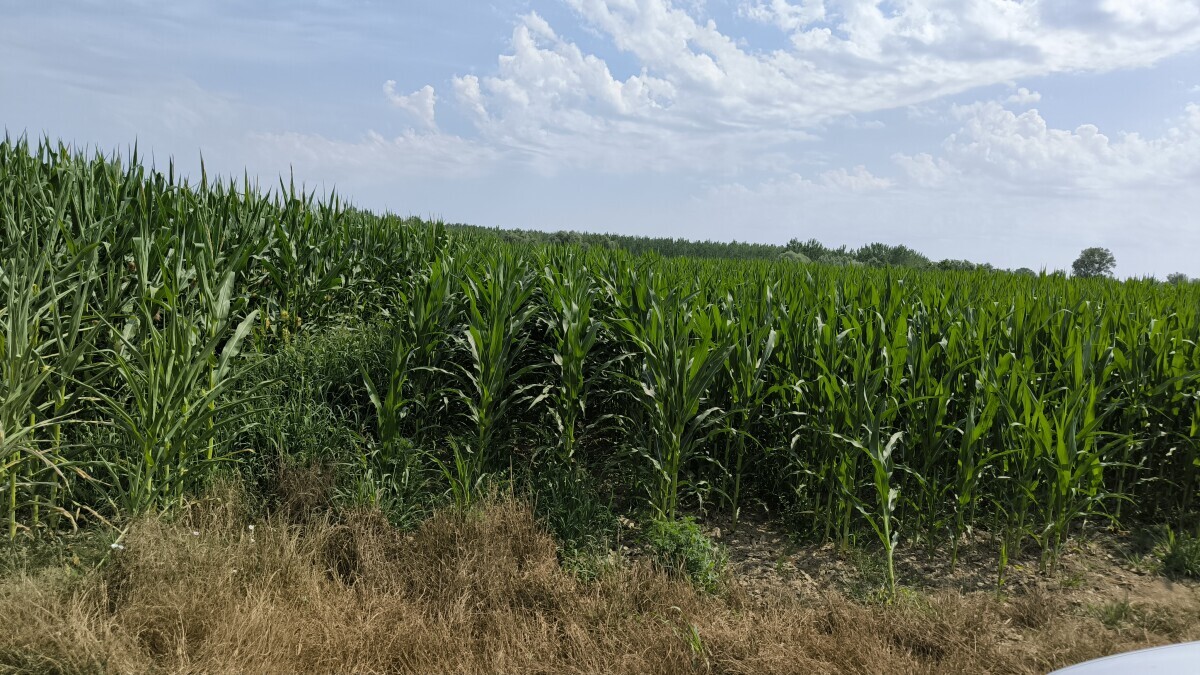
“In a season where agriculture is once again under attack from weather extremes – from prolonged dry spells to sudden storms, it is clear that without rapid, effective, and smart solutions, there is no sustainable production. Therefore, it is the right time for innovation,” notes agronomist Josip Stanić from Timac Agro, a global pioneer in the development of biostimulants that has been present in the market since 1989.
Application of the biostimulator Seactive with the DJI Agras T50 drone
Namely, in collaboration with the domestic technology-oriented company Brend Alagro, they applied the biostimulator Seactive using the DJI Agras T50 drone – a marvel of precise agrotechnology that allows coverage of up to 40 hectares per hour.
“Seactiv is not just another product on the market. It is a formulation based on bioactive components of marine origin, designed to increase the resistance of plants to stress, activate metabolism, and optimize yields,” they explained, emphasizing its effectiveness precisely in challenging conditions – drought, temperature extremes, and sudden changes in microclimate.
They say that the product line is tailored and designed specifically for each culture, and that their team of experts will recommend the best product based on customer inquiries. For example, for corn, the recommendation is Seactive Vital, which, in addition to Seactive technology, contains a cocktail of nutrients for the plant. Its formulation is: NPK 9/5/4 + 0.05% B + 0.02% Cu + 0.02% Fe + 0.1% Mn + 0.01% Mo + 0.05% Zn + Seactive complex.
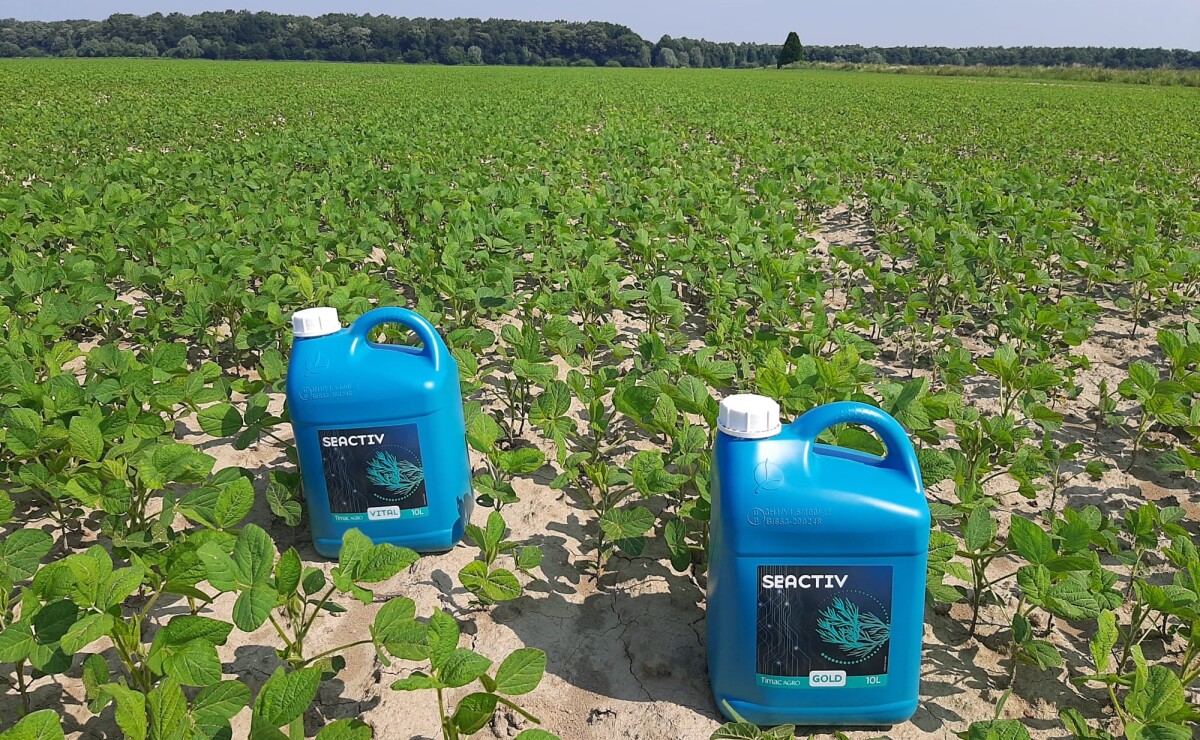
“What was challenging until yesterday, which is the precise application in various phenophases, is now possible thanks to technological advancement,” they emphasize.
Drone as a new ally of agronomists
The DJI Agras T50 drone, or as it is called – a new player in the agricultural sky, redefines the way we think about foliar application. With a tank capacity of up to 45 liters and an advanced spraying system, it enables uniform and extremely precise application of Seactiva regardless of the type of crop and the phenophase of plant development – which is key in times of unpredictable weather conditions.
In addition to a speed of 39 km/h, this drone provides an innovative way of atomizing liquid material using centrifugal sprayers, an atomization principle that uses air as a carrier. This represents a guarantee of savings, they explained.
Thanks to the collaboration between the companies Timac Agro and Brand Alagrom, Croatian producers have the opportunity to be among the first in the region to take advantage of the benefits of this synergy of biostimulation and advanced technology. They state that the application is carried out at the most critical moments for the plant, without loss of effectiveness and without danger to the soil structure or the health of the crops.
Contact us if you need help.
“The Alagrom brand, in collaboration with Timac Agro, provides our clients with a complete service for preparing flight operations in the form of multispectral crop imaging or thermal soil imaging, data processing in PIX4D software, and agronomic recommendations for utilizing products from the Timac Agro range. They also add that the goals of this approach are the optimization of resource use and the homogenization of soil and crops, so that the products they produce can be safely marketed or stored.
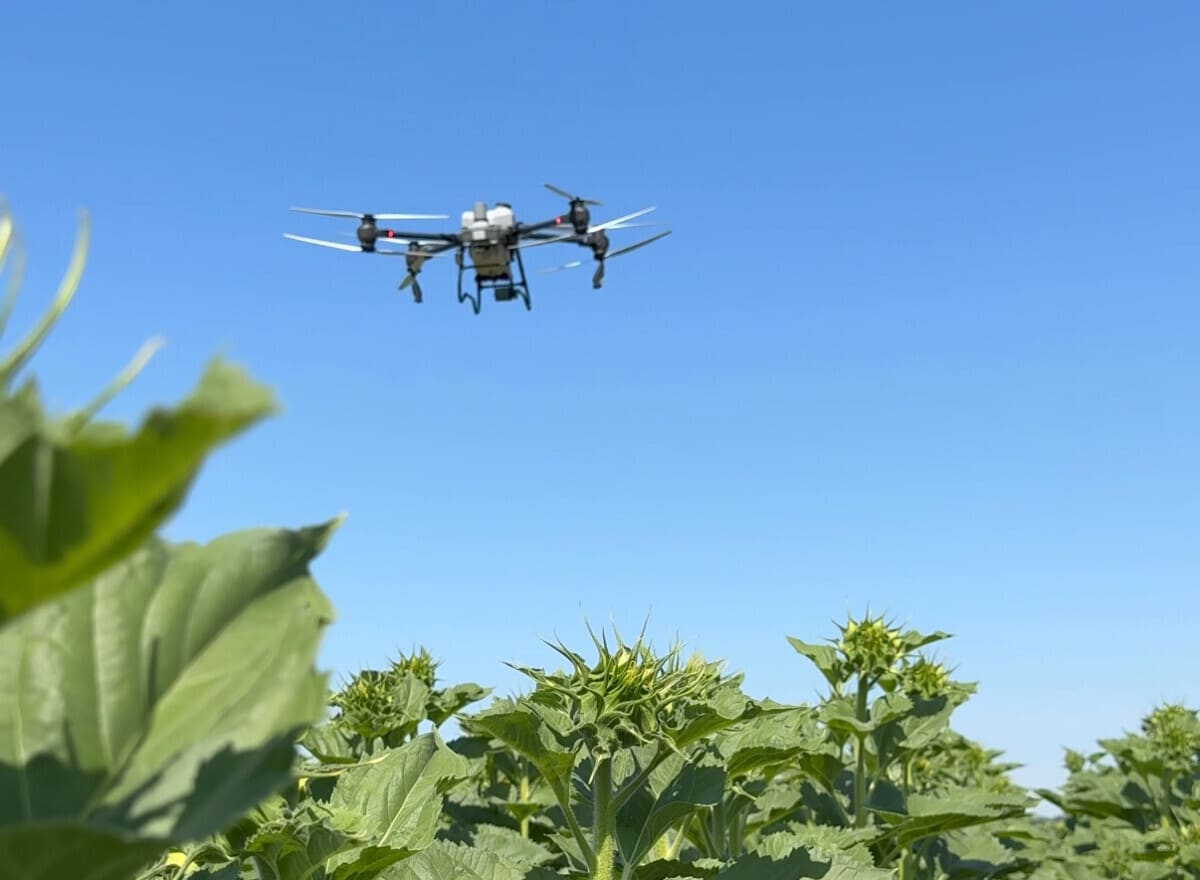
“Crop homogenization through the application of precise and digital methods is undoubtedly the only relevant interlocutor in the preventive fight against adverse biotic and abiotic influences in agricultural production,” notes Ivan Brčić from the mentioned company.
Representatives of both companies agree that biostimulants like Seactiva, applied using drones such as the DJI Agras T50, are not just an additional aid – they are the new norm. They are conveying that the future is already here – “and it flies above our fields.”
